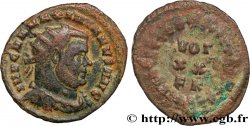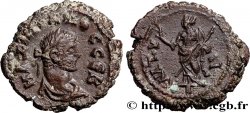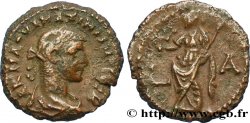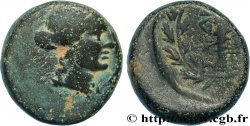Live auction - brm_600745 - MAXIMIANUS HERCULIUS Aurelianus
You must signin and be an approved bidder to bid, LOGIN TO BID. Accounts are subject to approval and the approval process takes place within 48 hours. Do not wait until the day a sale closes to register. Clicking on "BID" constitutes acceptance of the terms of use of cgb.fr private live auctions.
Bids must be placed in whole Euro amounts only. The sale will start closing at the time stated on the item description; any bids received at the site after the closing time will not be executed. Transmission times may vary and bids could be rejected if you wait until the last second. For further information check the Live auction FAQ
All winning bids are subject to a 18% buyer’s fee.
All winning bids are subject to a 18% buyer’s fee.
| Estimate : | 250 € |
| Price : | 125 € |
| Maximum bid : | 125 € |
| End of the sale : | 08 October 2024 14:33:51 |
| bidders : | 1 bidder |
Type : Aurelianus
Date: automne 289 - début 290
Date: 289-290
Mint name / Town : Lyon
Metal : billon
Millesimal fineness : 50 ‰
Diameter : 22 mm
Orientation dies : 12 h.
Weight : 3,87 g.
Rarity : R3
Officine: 2e
Catalogue references :
Obverse
Obverse legend : IMP MAXIMIANVS AVG.
Obverse description : Buste radié et cuirassé à droite de Maximien Hercule drapé sur l’épaule, vu de trois quarts en avant (B01).
Obverse translation : “Imperator Diocletianus Augustus”, (L'empereur Dioclétien auguste).
Reverse
Reverse legend : AEQVIT-AS AVGG/ -|-// S.
Reverse description : Æquitas (l’Équité) drapée debout à gauche, tenant une balance de la main droite et une corne d’abondance de la main gauche.
Reverse translation : “Æquitas Augustorum”, (L’Équité des augustes).
Commentary
Avec une partie de son argenture superficielle. Rubans de type 3 aux extrémités bouletées. Cuirasse et épaulière cloutées. Ptéryges fines. Petit pan de paludamentum sur l’épaule gauche. Mêmes coins de droit que les exemplaires du Cabinet des médailles de la BnF et du British Museum (B. 267 a et b, pl. XIX). Même coin de revers que l’exemplaire du Kunsthistorisches Museum de Vienne (B. 268, buste (H2), pl. XIX. C’est le quatrième exemplaire recensé. Prendra le n° 267d dans le Supplément III du Bastien.







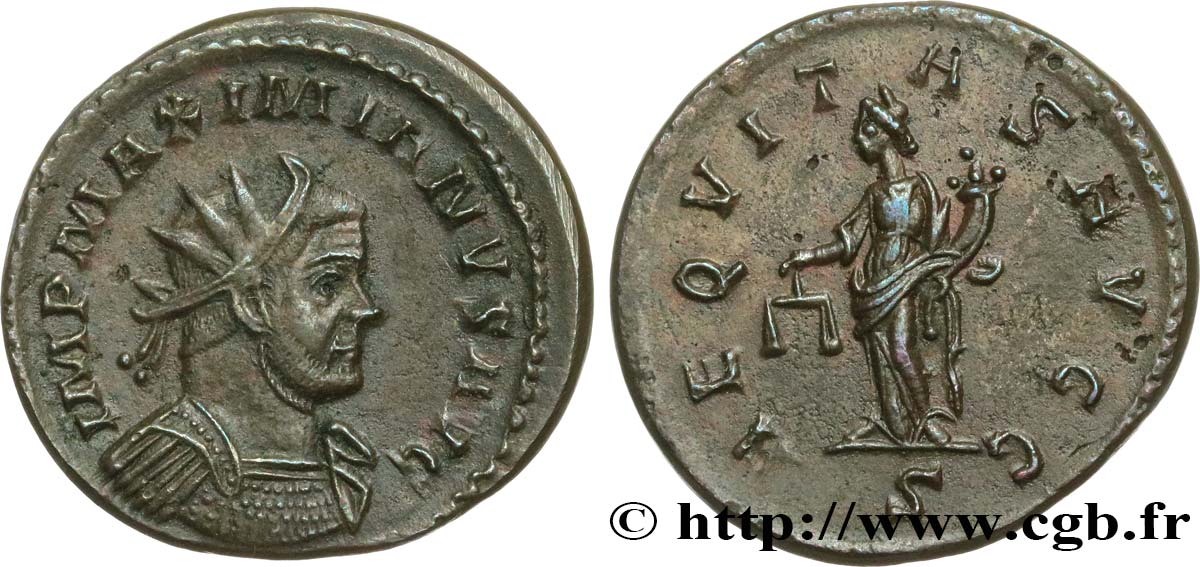
 Report a mistake
Report a mistake Print the page
Print the page Share my selection
Share my selection Ask a question
Ask a question Consign / sell
Consign / sell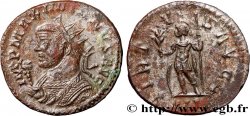
 Full data
Full data